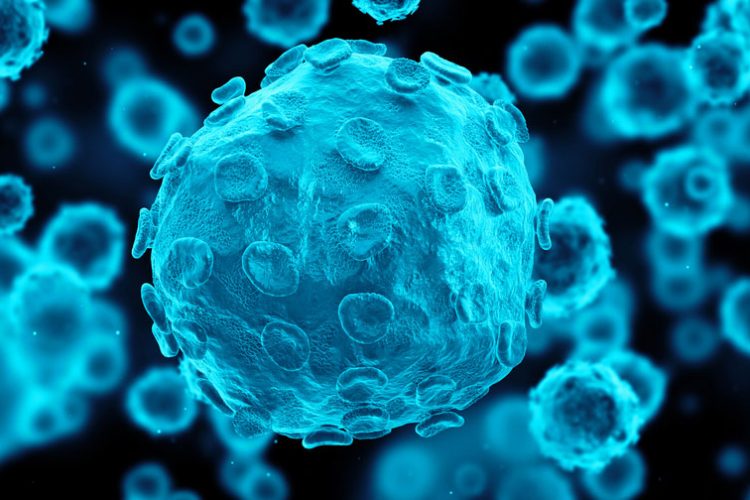Key insights into vaccine development for herpesviruses
Posted: 27 February 2024 | Drug Target Review | No comments yet
Researchers found that the D48 antibody neutralised HSV-1 virus infection, which could lead to broad-spectrum drug and vaccine development.

Researchers from Sun Yat-sen University Cancer Center and the Southern University of Science and Technology have discovered the existence of antibodies with broad-spectrum neutralising activity against herpesviruses.
Human herpesviruses comprise the alpha, beta, and gamma subfamilies and are a widespread group of DNA-enveloped viruses that establish lifelong latent infections in humans. Herpes simplex virus (HSV) belongs to the alpha herpesvirus group and causes oral or genital herpes. HSV has a series of glycoproteins involved in virus recognition, adhesion, and infection processes. One of these glycoproteins, gB, serves as the viral fusion protein, mediating the fusion between the virus and host cell membranes. It is highly conserved across the entire herpesvirus family, so represents an ultimate antiviral drug or antibody target. Yet, the design of antibody drugs and vaccine targets has been prevented by the lack of structural information on neutralising epitopes for HSV.
In the new study, the scientists purified the HSV-1 gB/D48 Fab complex using the 293F expression system, validating through in vitro binding and neutralisation assays that the D48 antibody effectively neutralised HSV-1 virus infection by binding to gB. Using cryo-electron microscopy, they then resolved the structure of HSV-1 gB bound to D48 at a resolution of 3.04 Å. The structure revealed that HSV-1 gB consists of five distinct domains, with D48 Fab primarily binding to the DII structural domain.
Residues R418, D422, N430, H433, and Q438 from the LCDR1, LCDR3, and FR2 of the D48 light chain were found to interact polarly with DII. The interaction between HSV-1 gB and D48 was greatly reduced by alanine mutations at these crucial residues.
The team, having obtained high-resolution complex structures of neutralising antibodies bound to HSV-1 gB, conducted a parallel comparison of the neutralising epitopes of HCMV and EBV gB. They discovered that the neutralising antibodies SM5-1 for HCMV and 3A3 for EBV also bind to the DII structural domain of gB. Additionally, they found the cross-herpesvirus conserved nature of these domains. The likely existence of antibodies with broad-spectrum neutralising activity against herpesviruses was suggested, as the footprints of the antibodies’ binding were not seen to overlap with conserved residues.
Comparing the structures of the DII domains of HSV, HCMV, and EBV gBs in complex with antibodies to their corresponding pre-fusion conformations showed recombinant structures, which demonstrated that the DII domain in the pre-fusion conformation keeps the ability to bind neutralising antibodies. This indicates a conservative antigenic epitope presentation in both pre-fusion and post-fusion states.
This study proposes that the gB DII domain in the herpesvirus family constitutes a broadly conserved neutralising epitope structural domain. The findings offer key insights for the development of broad-spectrum drugs and vaccines against herpesviruses.
This study was published in Science Direct.
Related topics
Antibodies, Assays, Drug Development, Drug Targets, In Vitro, Vaccine development
Related conditions
Herpes Simplex Viruses
Related organisations
Southern University of Science and Technology, Sun Yat-sen University Cancer Center







